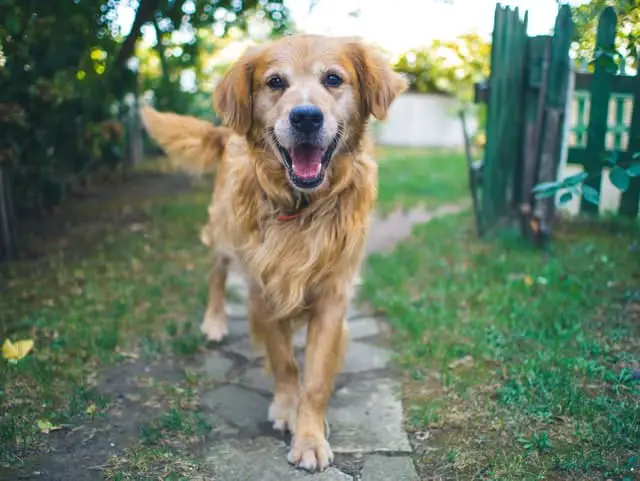Age influences the fact that a dog has more developed its ability to save its memories

The dog has the capacity to store long-term memories, especially if they are the result of learning based on repetition when they are puppies . If you want your dog to memorize certain information, repeat it back to him and reward him when he remembers it. This article talks about dog memory, how to promote it, as well as a scientific study looking at long-term canine memories .
The dog’s memory helps them survive
Dogs have memory, and they use it in the service of survival in their environment
Canine memory is focused on the service of its survival. So if a dog experiences pain when eating a hedgehog, he will avoid repeating that behaviour that has been unpleasant for him and has been a risk to his life.
But what is the memory of a dog? Memory is the psychic faculty by means of which the past is retained and remembered. And a dog also has that information storage capacity in its brain.
The dog saves positive and negative memories to use when faced with a similar situation. This is the case of a dog that has been hit by a car: he will be afraid of the road and will flee from cars because he has memorized the experience and applies it in its daily life.
The memory of the dog to know its owners
A dog can memorize information about situations that help it survive in its environment, about learning to coexist with its owners and about what it is taught at home about canine educational guidelines . Memory also serves to perform certain functions such as the work of the dog as a guide for the blind.
Dogs are expert interpreters and keepers of memories about their owners
The close coexistence that dogs have today with their owners, especially in urban areas, has changed the memory priorities of dogs. Dogs need to remember the body gestures or tone of voice that their owners use when they are happy or angry. For dogs, the owners are integral members of their pack, so they memorize the information that is useful for them to interact with them.
The dogs have become expert interpreters and stockpilers of situations and data on their own, they associate with everyday moments like meal time, the dog walk , play with the dog , brushing or petting.
The memory of the dog can also be at the service of learning certain activities, such as those carried out by dogs that help detect drugs , explosives or people buried under rubble in catastrophic situations. A dog that is taught from a puppy certain behavioural guidelines to develop skills, such as its olfactory ability, learns and memorizes action guidelines that it will repeat each time it is requested.
Dog memory and repetition
Working dogs, such as shepherds or guide dogs, have a more developed memory
A dog memorizes from repetition and they are faster and more skilled at remembering than others. Working dogs, such as the Border Collie Shepherd, or those that perform social tasks, such as the Labrador Retriever, have better memory capacity.
Typically, a dog with a good memory is skilful and quick to learn. The dog remembers information and behaviours through repetition. There are dogs that twice find it enough to learn to sit when given the command and others that require five repetitions or more to assimilate and remember the pattern.
Positive and negative stimuli influence the dog’s brain, which will select from its trunk of memories those that give it satisfaction versus those that produce unpleasant sensations. This information is memorized based on the repetition of experiences.
The dog’s memory changes with age
Dogs also have better memories when they are younger. Puppies learn easily: they are like a blank page on which everything is printed. Older dogs , from the age of ten, are more likely to lose memory capacity due to neurological diseases such as senile dementia. They change their rhythm of rest, they are disoriented and their ability to store memories to apply them to everyday situations decreases.
The memory of the dog in science

Dogs are capable of imitating human actions when a time interval of between 40 and ten seconds has elapsed minutes.
The owners of eight adult dogs trained them with the method called “do what I do”, developed by one of the researchers in this study on canine memory. The dogs waited for intervals of between five and 30 seconds before mimicking a certain action carried out by people, such as walking around a hoop.
Tests show that dogs are capable of reproducing or imitating known and novel actions after a period of time. Dogs have the ability to imitate an action new or unknown to them after a while, which suggests the presence of a specific type of long-term memory in dogs, which functions consciously.
